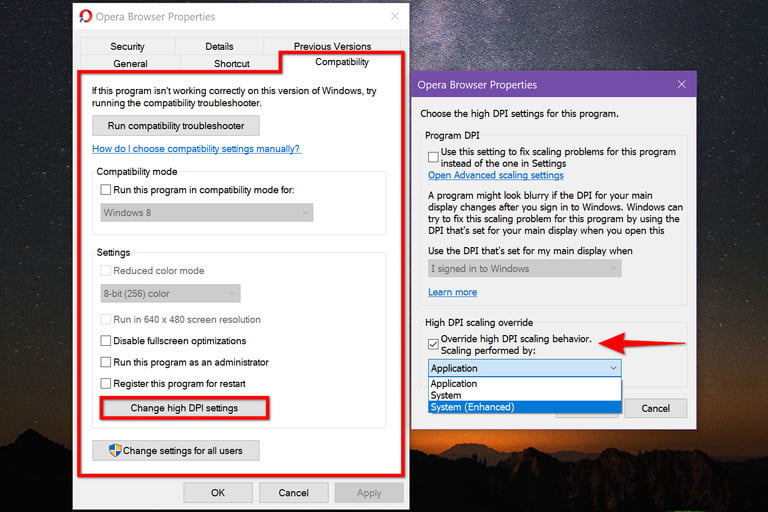Good day!
I've been working on a WPF app for some time now (as a learning experience and oh boy it was a learning experience) and it's finally ready for release. Release means installing it on my HTPC where it will be used to browse my movie collection.
I designed it on my PC which runs 1920*1080 but at the normal DPI setting, while the HTPC/TV is running at the same resolution but a higher DPI setting for obvious reasons.
The problem is my app goes bonkers on the HTPC, messing up pretty much everything as far as visuals go. I know this is due to bad design (mea culpa), but since it's an application that will only be used by me I'm looking for an quick fix, not a full redesign. I read it would be possible to stop the app from being DPI aware by adding the following to AssemblyInfo.cs:
[assembly: System.Windows.Media.DisableDpiAwareness]
However, it doesn't seem to have any effect and the behavior of the app remains the same.
Could anyone point me in the right direction?
Thank you, Johan




